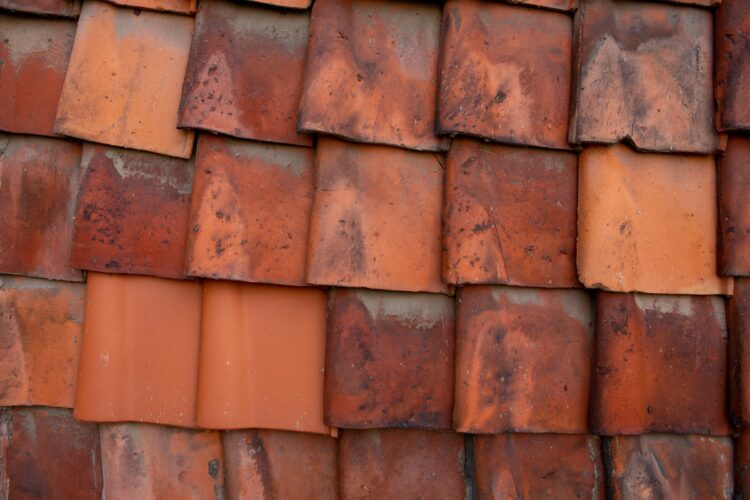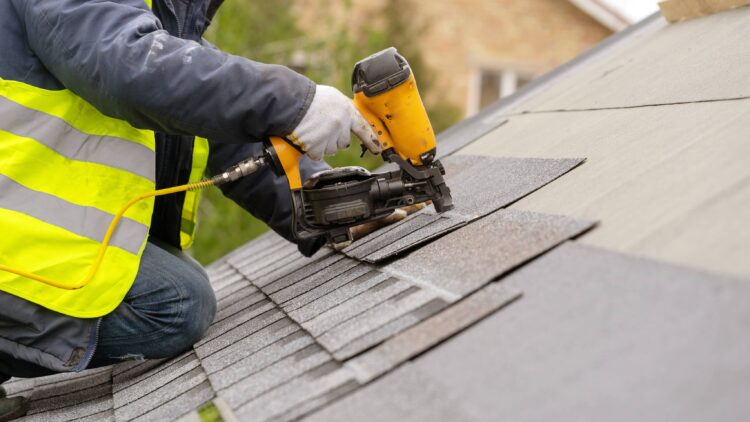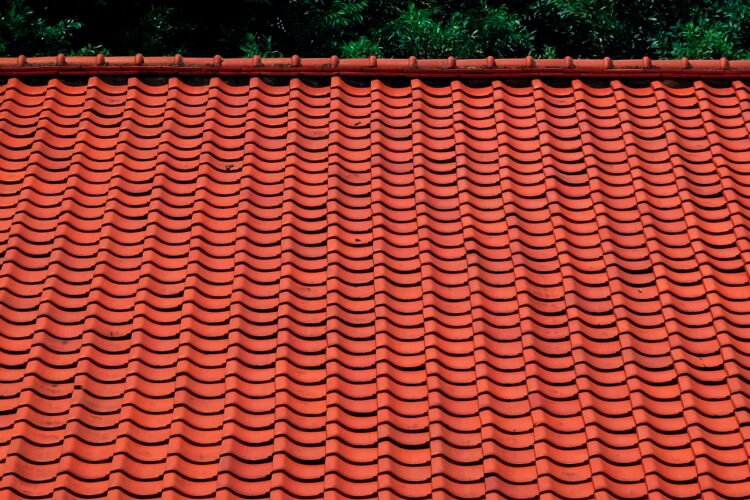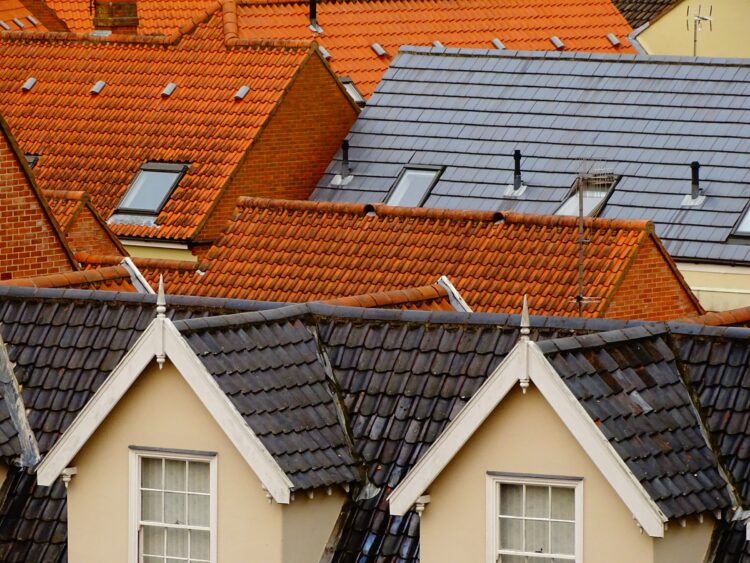When you’re deciding on whether to repair or replace your roof, there are many factors that come into play. Some people might tell you to just get a new roof because it’s cheaper and easier in the long run, while others will say that repairing is always the way to go. The truth is, there isn’t one answer for everyone, and roof repair or replacement has been an age-old debate. What should you do?
In this article, we’ll walk you through the time and place for both repairing and replacing your roof and the pros and cons for each. This way, not only will you know exactly when you should be looking at a partial roof repair or a total roof replacement, you’ll also know from a financial and emotional standpoint what you’re getting yourself into and what to expect!
Page Contents
Roof Repair

img source: unsplash.com
Roof repair is a process done to fix any sort of damage on roofs.
Repairs may be needed when the roof leaks if there are loose shingles or tiles that have come off and need re-attaching, for example with nails or screws; in these cases, they will also cover up whatever has become exposed so it doesn’t cause further problems. They can replace faulty gutters along the edge too which helps prevent water from getting into your home instead of running outwards where it should go – this often causes cracks at corners as well as pooling around them first before leaking through other places like windowsills inside the house below.
In order to repair your roof, you’ll need to first identify the cause of the damage and then remove anything that could be harmful or damaging to the newly restored area. For example, if you’re repairing a leaky roof caused by ice dams, you’ll need to eliminate sources of moisture leaking into your home. Once water is no longer seeping through your home’s exterior, you should take it as a sign that it’s safe to begin repairs.
The pros of roof repair are that the process is less expensive, saves more energy, and reduces your environmental footprint. Most people might not pay much attention to this but it’s actually a really important aspect of the decision.
The cons include needing to hire a professional contractor or other skilled worker and having to maintain additional property damage caused by leaks in order to prevent future problems. While this is not set in stone, we have found that people who attempt to repair their own roof for the sake of saving labor costs and to avoid paying for professional help often don’t do a good job and end up with the same problems as before.
Roof Replacement

img source: securedrr.com
Roof replacement is the process of installing new roofing materials on an existing structure.
This practice can come about for many different reasons, including structural damage or the need to upgrade from some old and outdated material into something more aesthetically pleasing. Roofs are replaced often because they wear down over time due to weather conditions, age and use; but there has been quite a bit of research that suggests roofs should be repaired instead of replaced in order to save money throughout the long run.
Roof replacement can be done for many reasons such as old age, wear-and-tear, storm damage, or planned changes to the home’s exterior design. Replacing an entire roof will require you to remove all shingles from the damaged area before adding new ones but some partial replacements may not need this step depending on what kind of product you have installed on your rooftop. For example, if you’re experiencing water seeping in through vents it would only require a vent replacement, not a complete roof.
Replacement roofs have many benefits like increased energy efficiency and heating bills due to newer materials with higher R-values. For many, this is a huge upside because the financial struggle is just so common these days.
Another pro here is convenience: roofs need an occasional touch-up but full replacements typically don’t happen before 40 years at least. The cons include needing to spend more money upfront on the project as well as having to do any painting or other exterior work that is necessary in order for your new roof to match the rest of your home’s design. The major downside to replacing your roof is that it can be pricey, costing $12 per square foot in some cases or up to triple what you would pay if you were getting a new one installed.
You’ll want to make sure there’s enough of an emergency fund set aside or money in savings before going this route because unexpected expenses like these will eat into any financial gains from switching roofs and could cause homeownership challenges down the road. This is no joke so plan wisely.
Factors to Consider

img source: unsplash.com
There are many factors to consider when deciding whether you need to repair or replace your roof. Some of the factors you should consider are:
- The type of material your roof is made from and the weather in your area. For example, a metal roof may last longer in an area that receives more rain than an area with very little rain.
- The age of your roof, how long it’s been installed, and the state of the shingles. If the shingles have deteriorated, it might be time for new ones!
- The type of material used by your insurance company to repair other damage on your home. For example, if they use tarps or plywood then it might not be worth repairing roofs at all.
- The type of roof you have: flat, hipped, or gabled and the shape (square, triangular). Flat roofs are cheaper to repair than a pitched roof but can be more difficult to fix if they’re leaking on one side since it’s harder for water to flow off the other way around due to gravity.
It’s important that you evaluate these factors before making a decision about your roof repairs!
The best way you can determine whether you should repair or replace your old roof is by looking at how much damage it has sustained, what material was used when installing the current one, and determining if there are any issues related to age or wear-and-tear that need addressing now before they worsen down the line. If you’re experiencing water seeping through vents because of a lack of insulation or anything else, call a pro!
So what should I do?

img source: unsplash.com
The bottom line is that you can’t expect to replace or repair without any negative impacts on the other side – it really does depend on what matters most to you in this situation. If you want to save money and energy, repair is the way to go. If you’re looking for a short-term solution before planning any major renovations or home additions, then replacing your roof may be what’s best.
All in all, it’s up to you and your situation.
Decide for yourself what will work best for you!
If you’re struggling to make a decision in Oakland, California, don’t hesitate to seek out for help from Oakland Roofing Pros!





